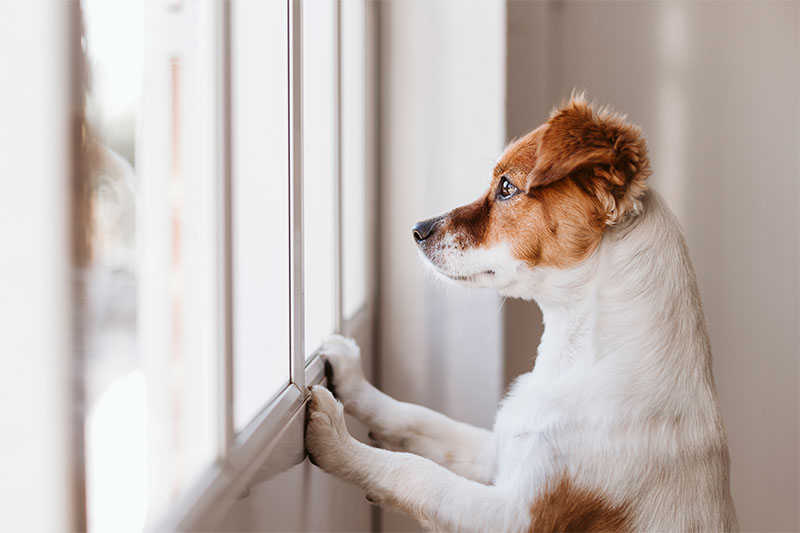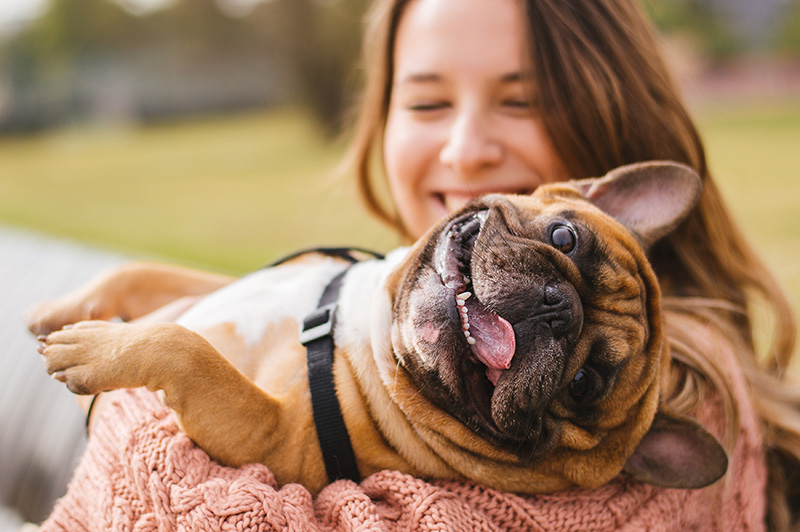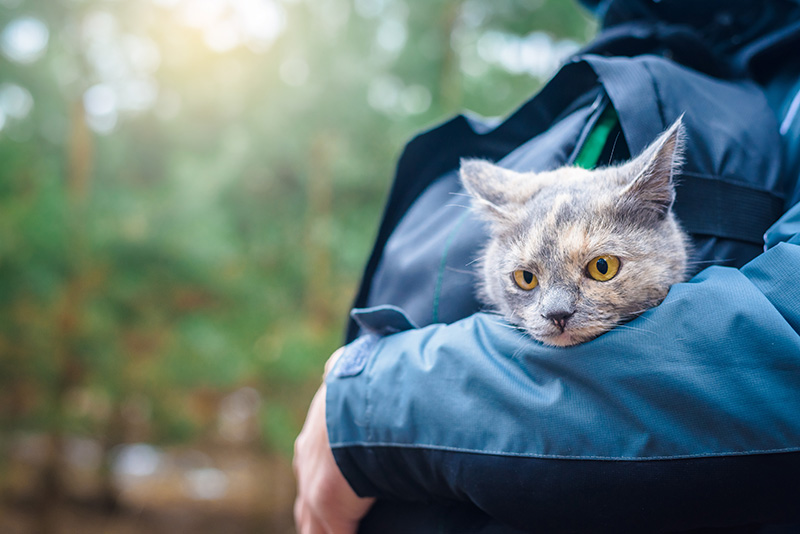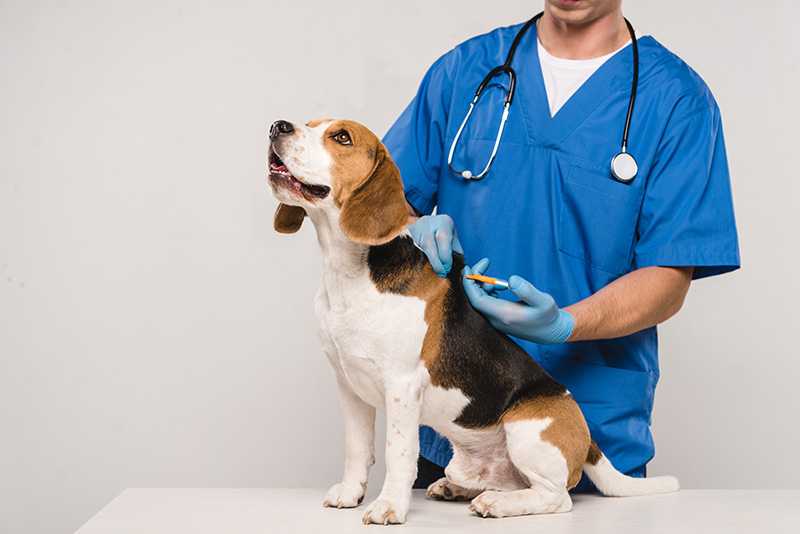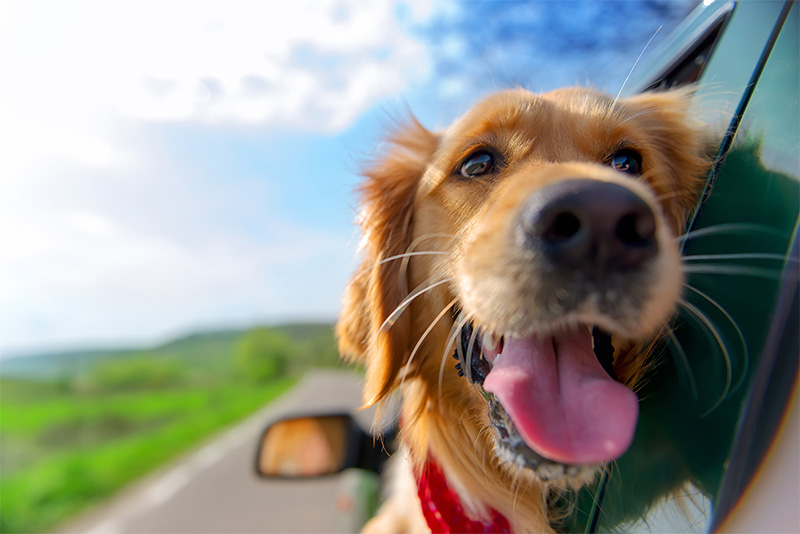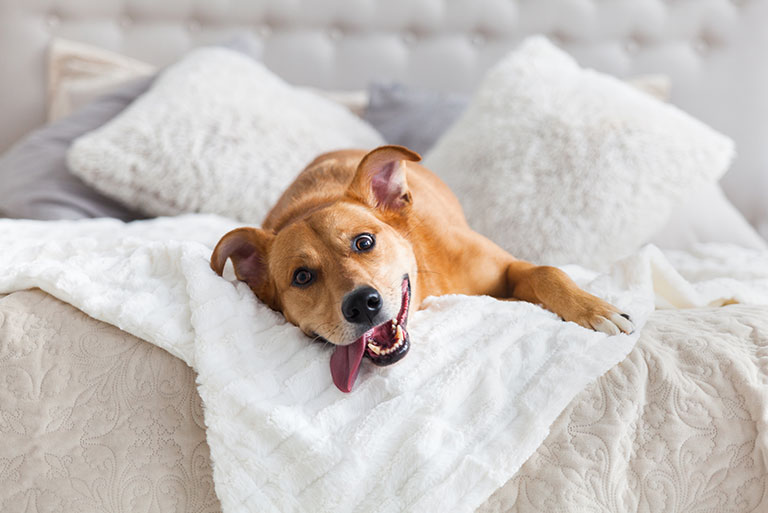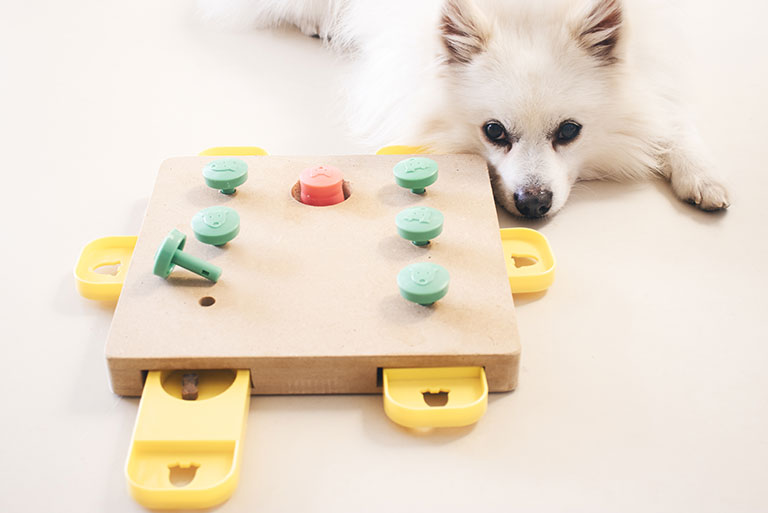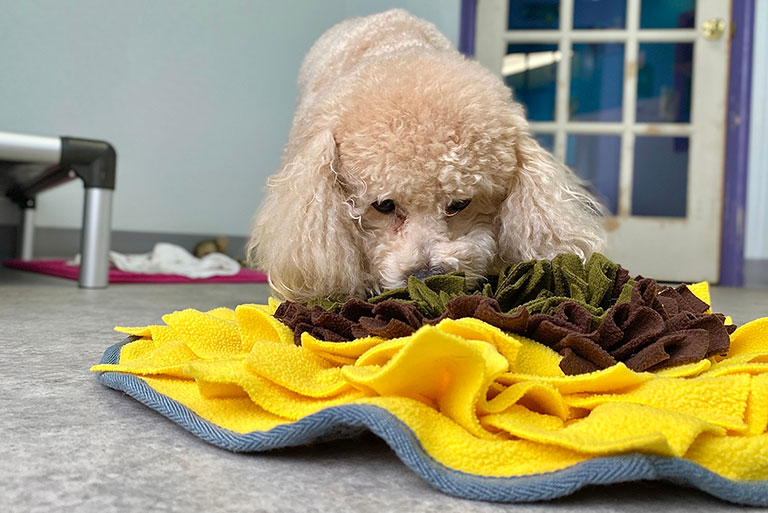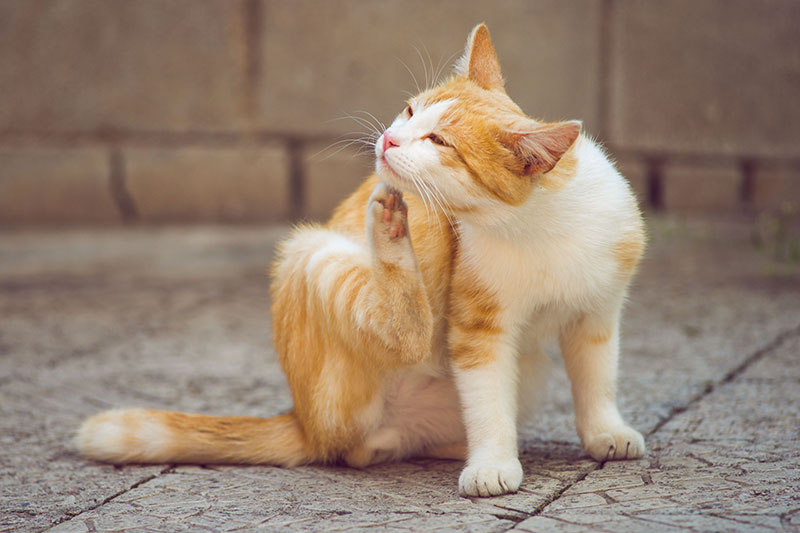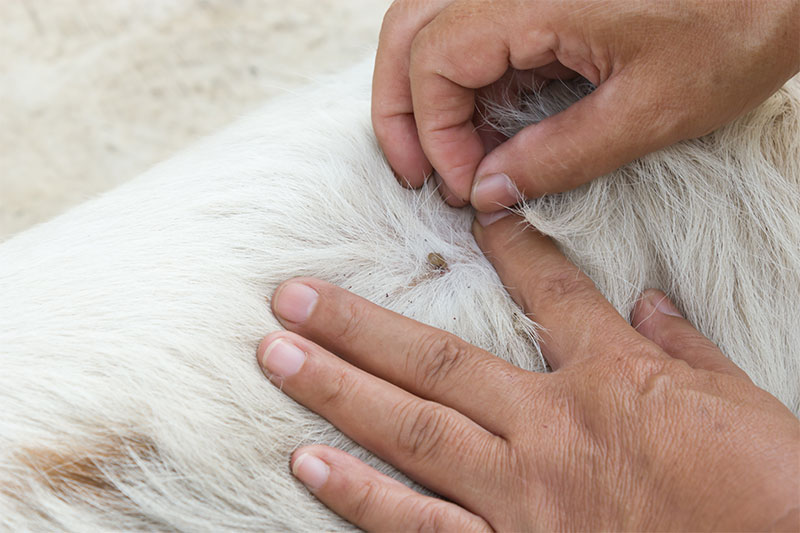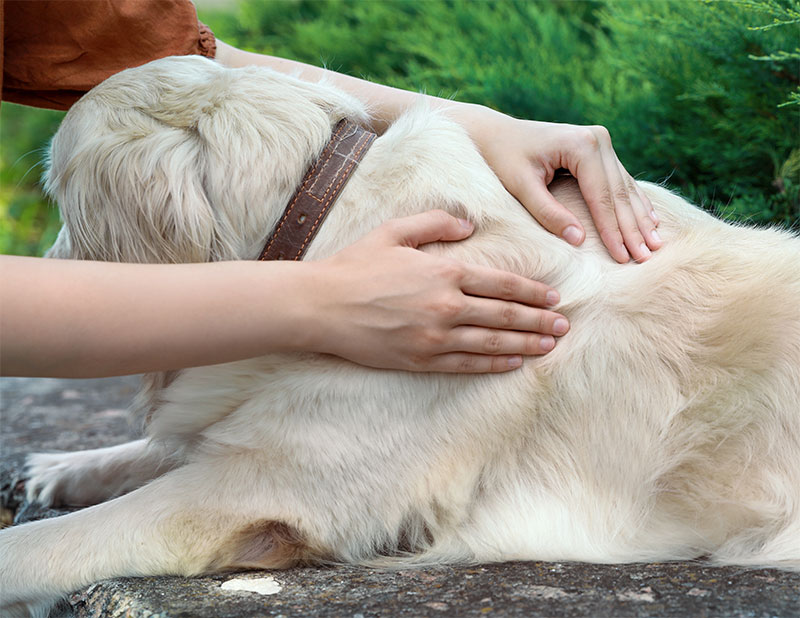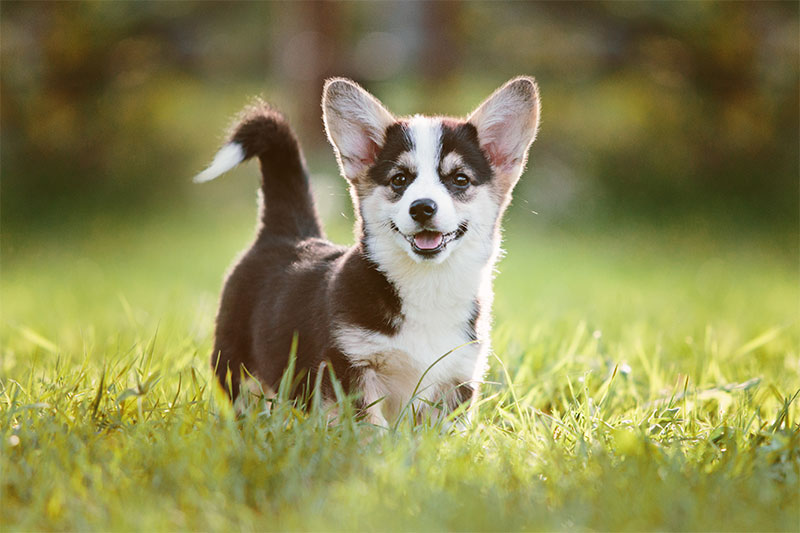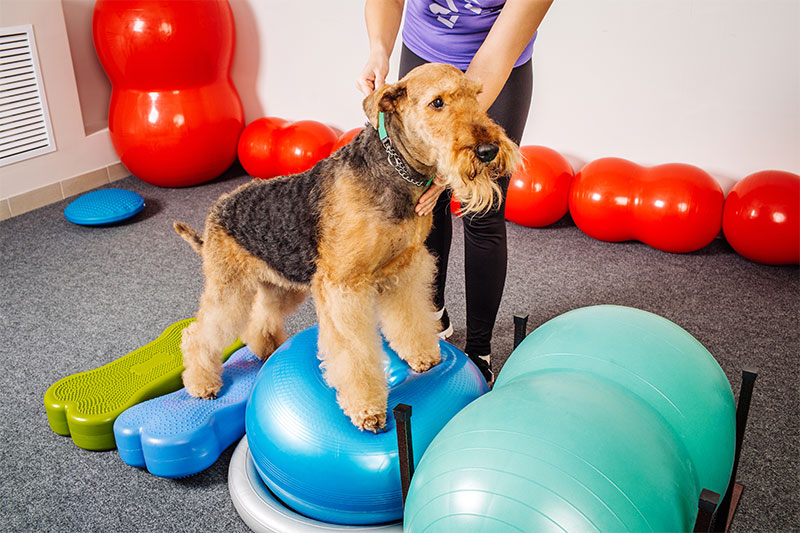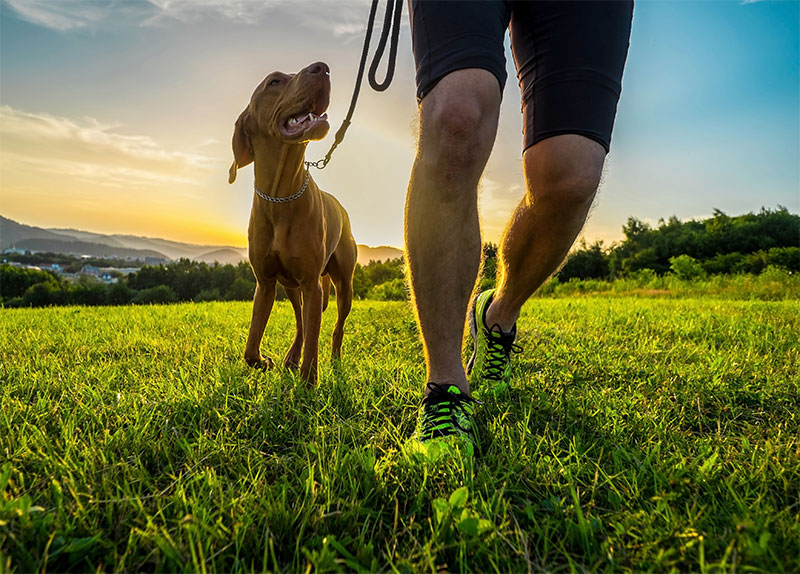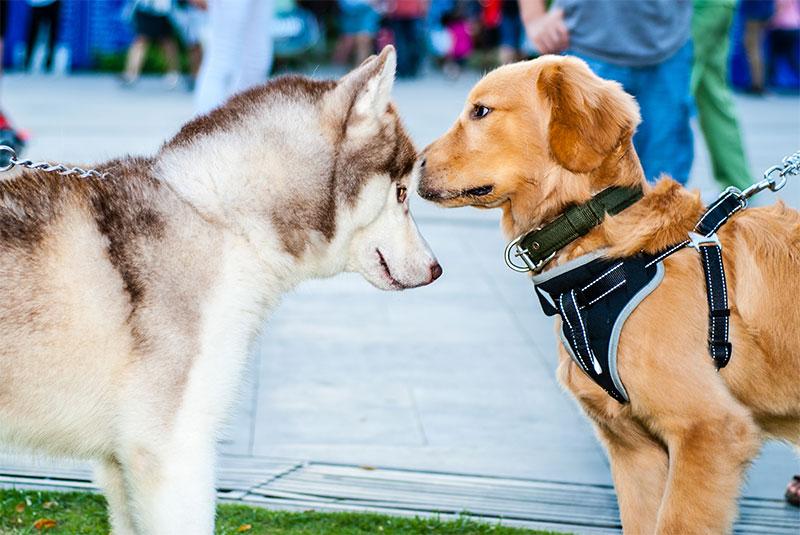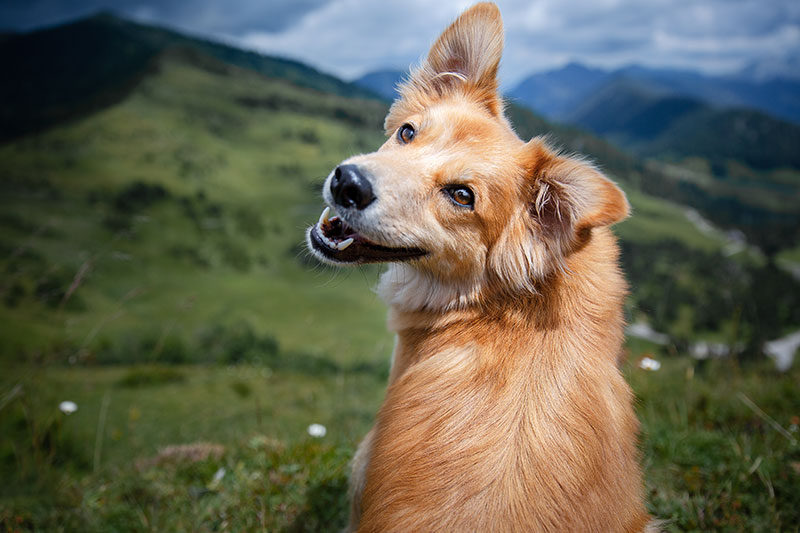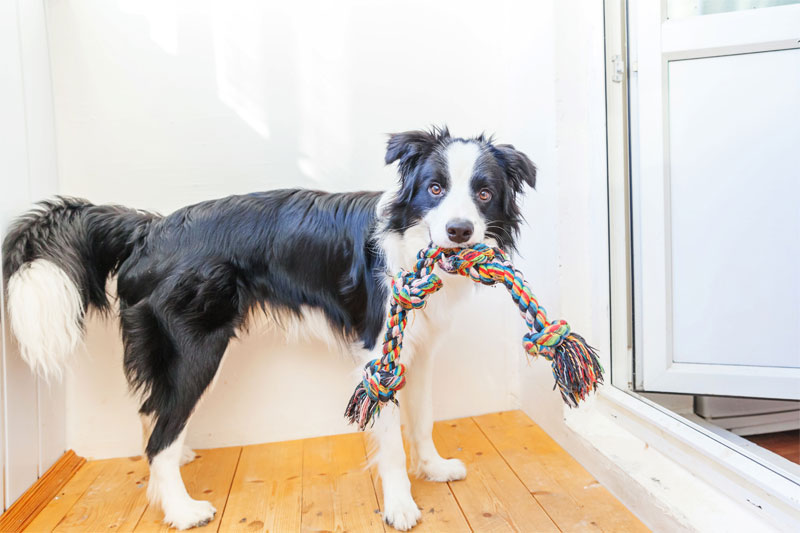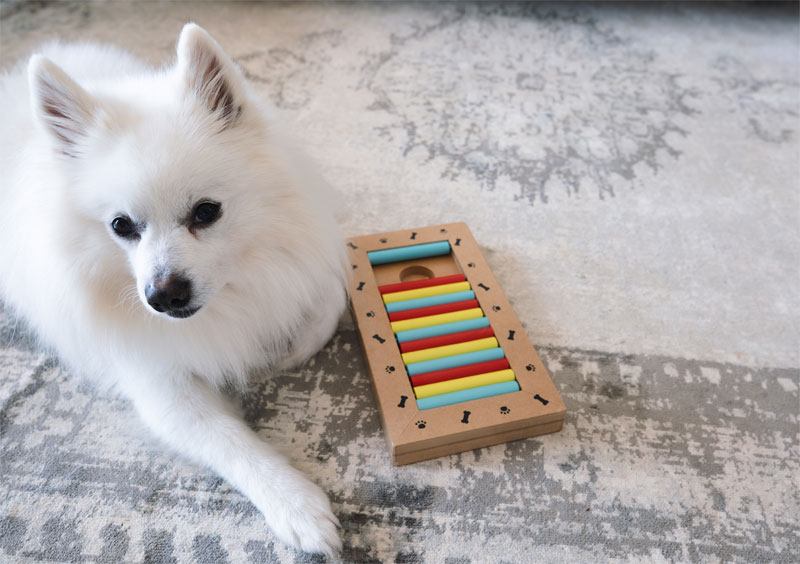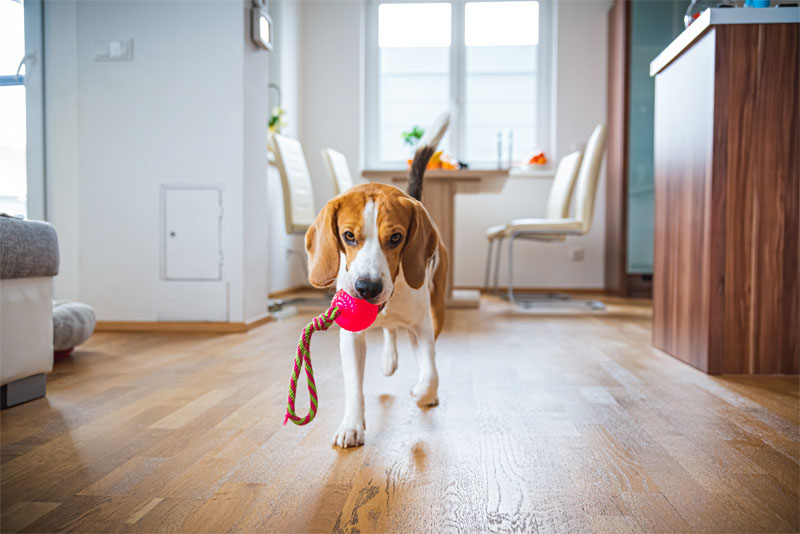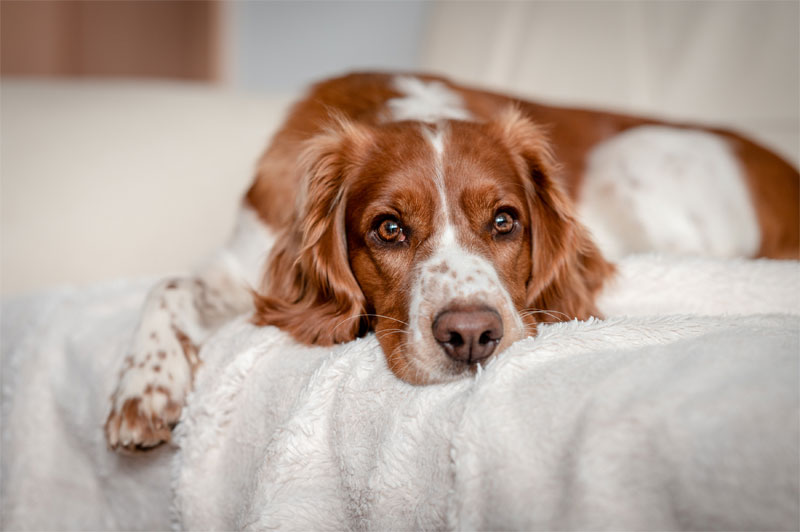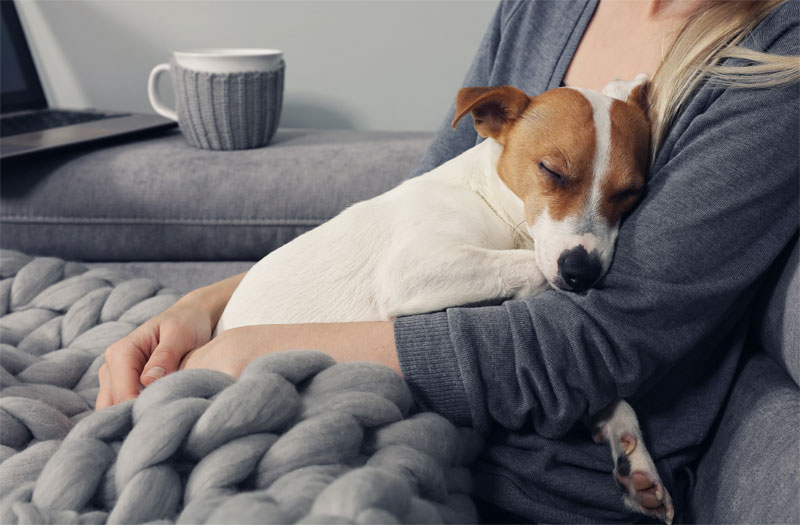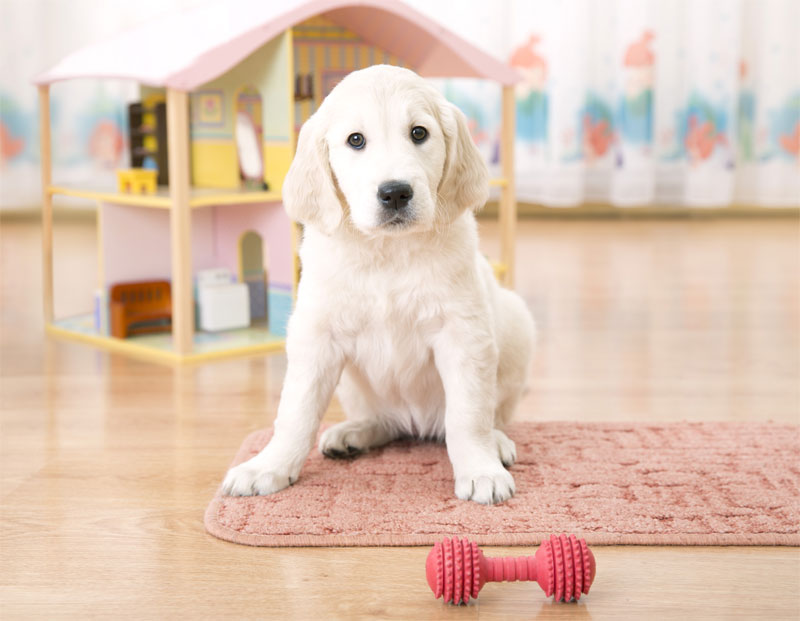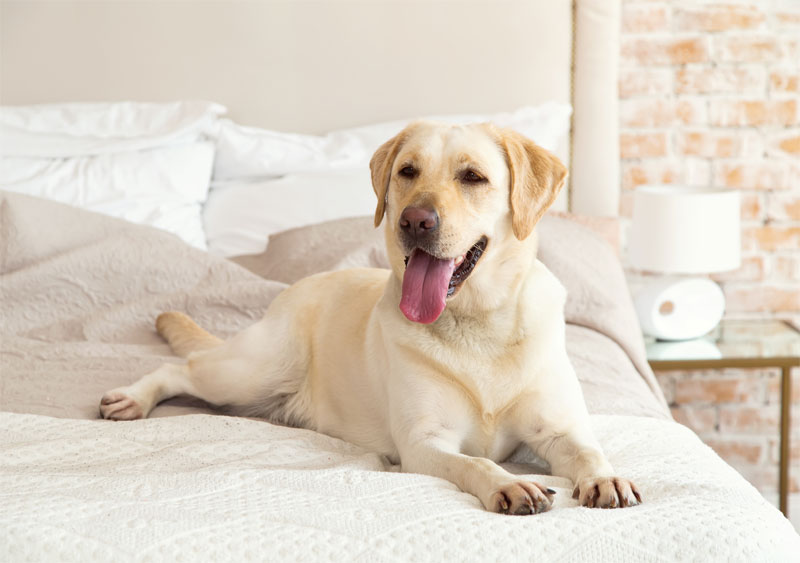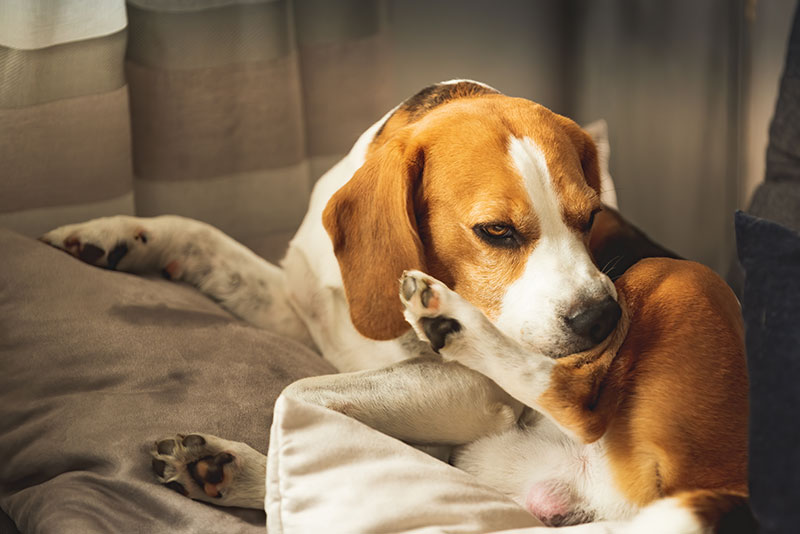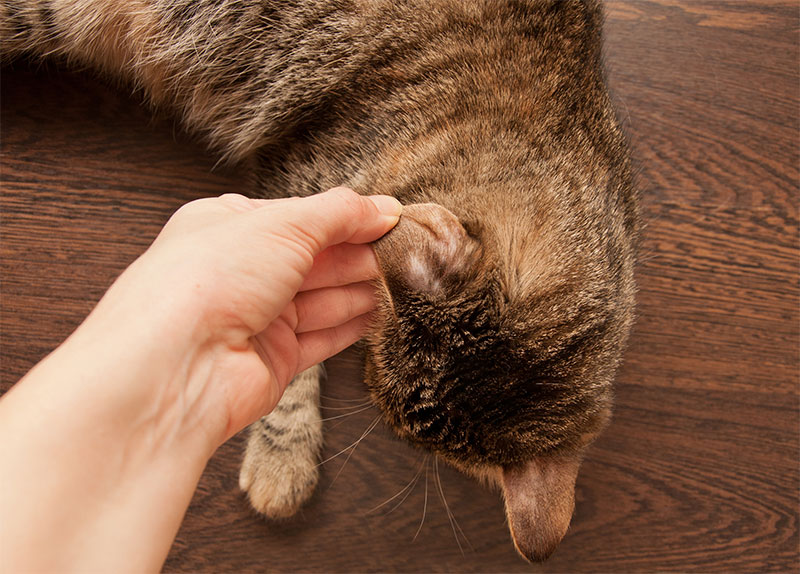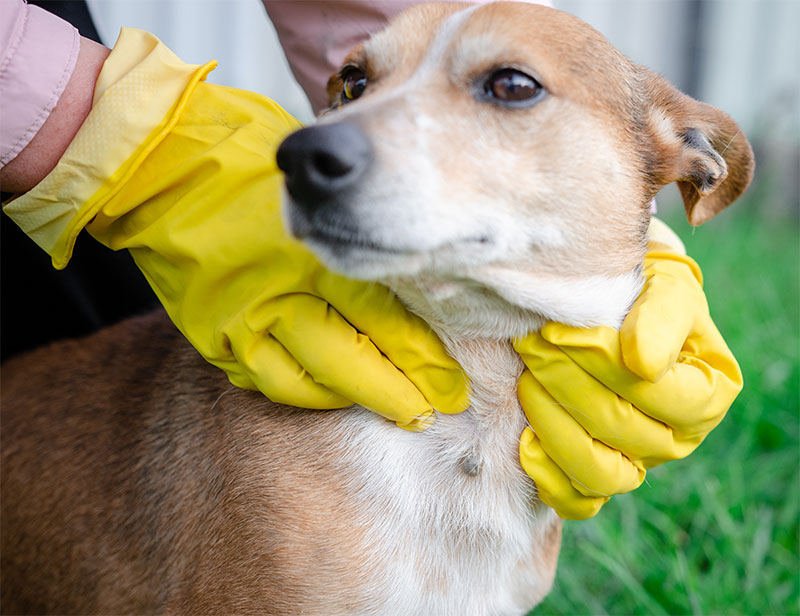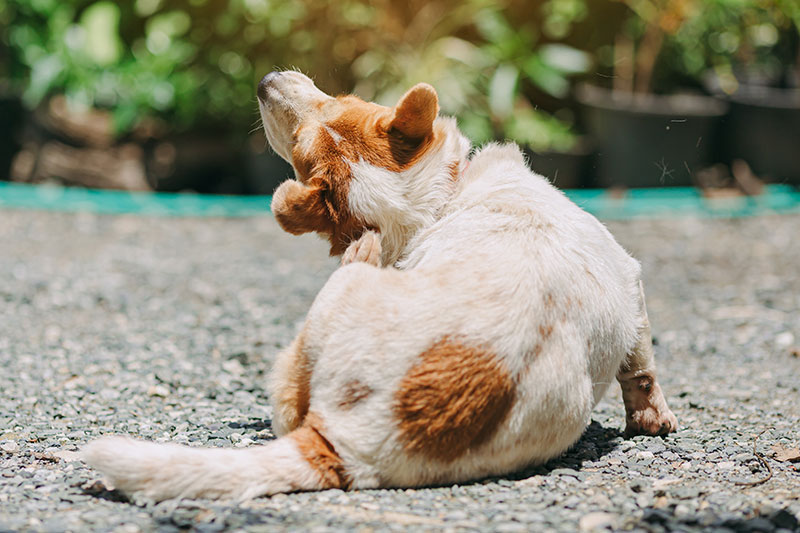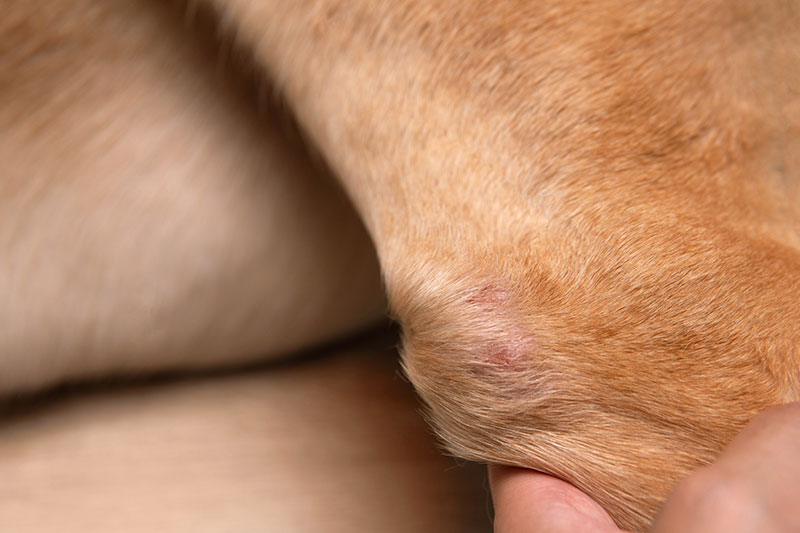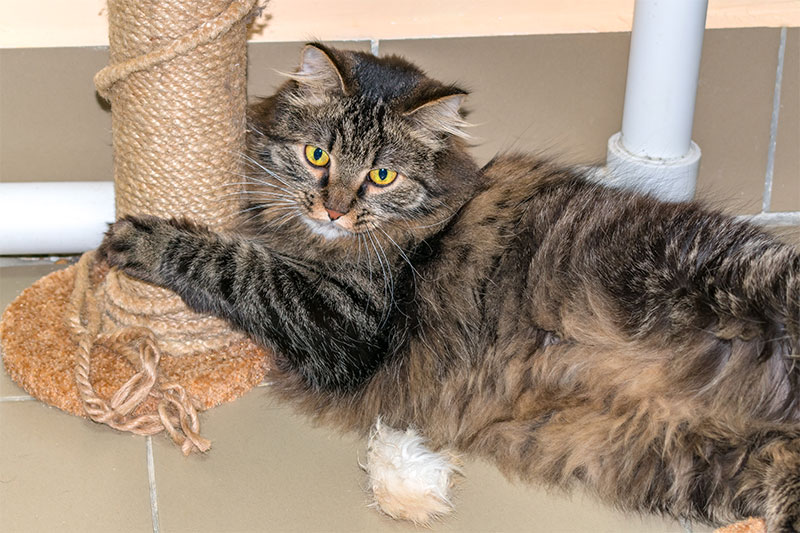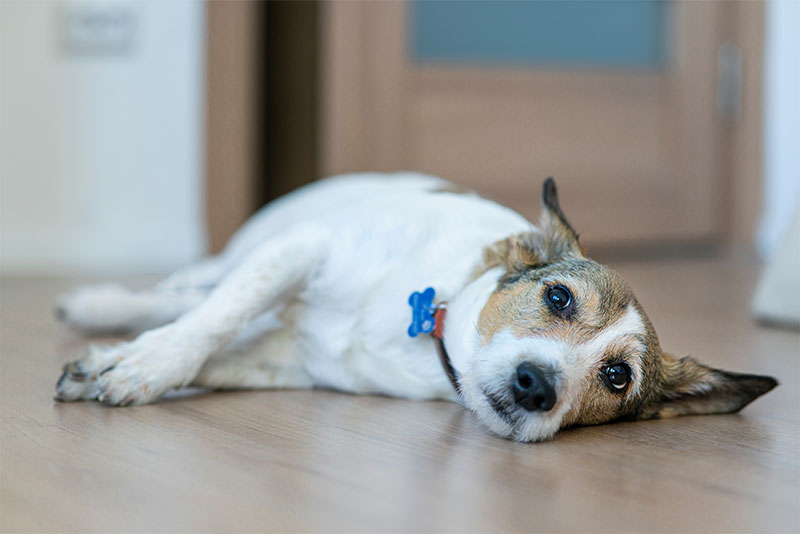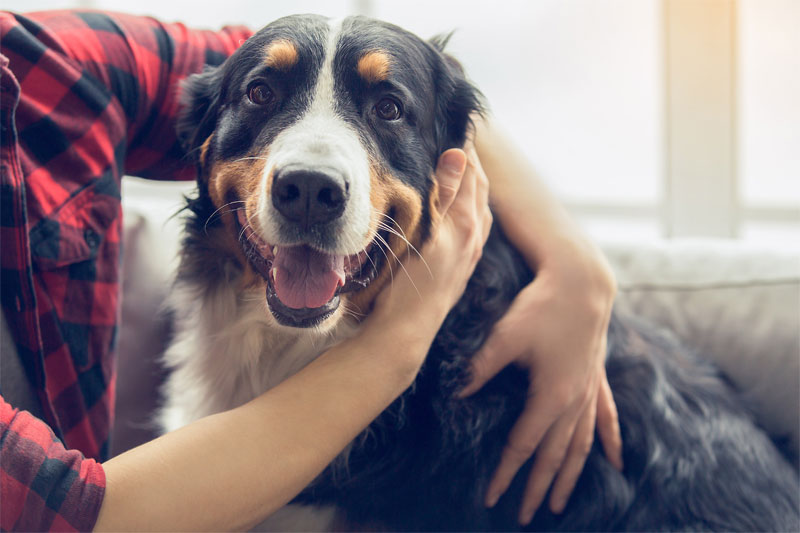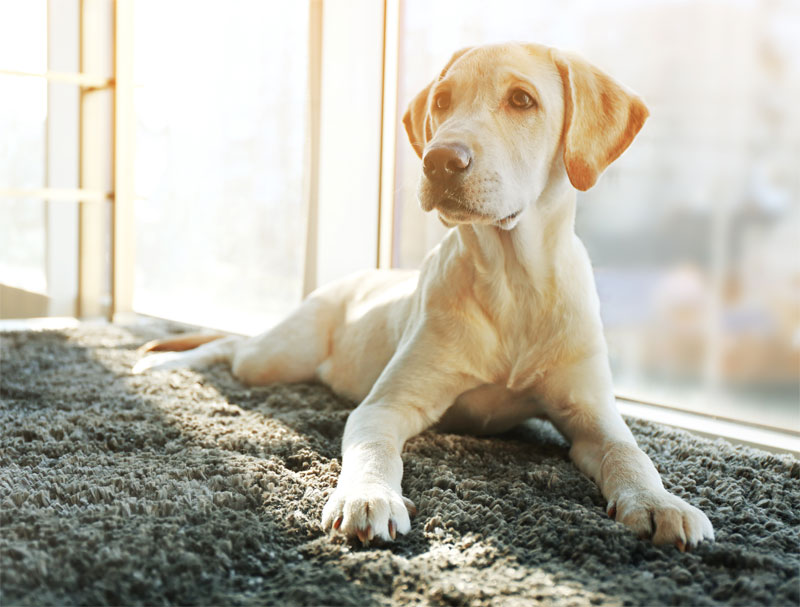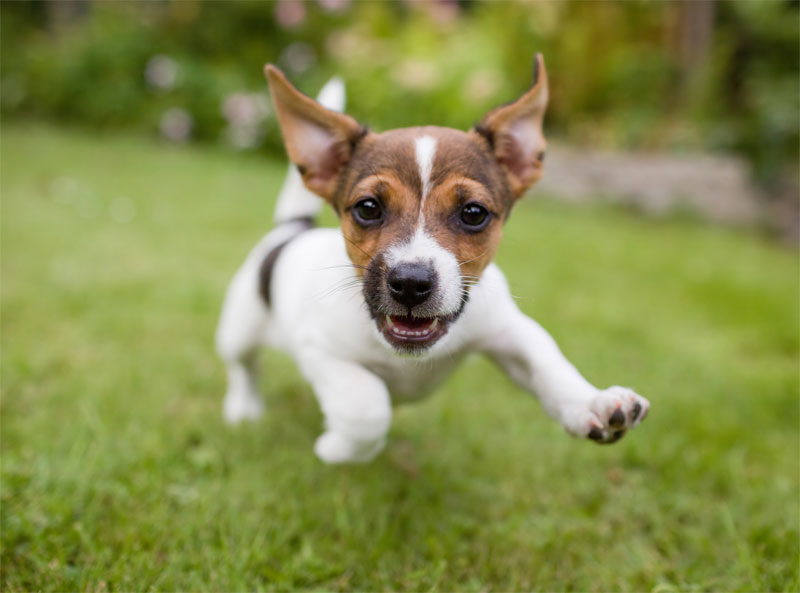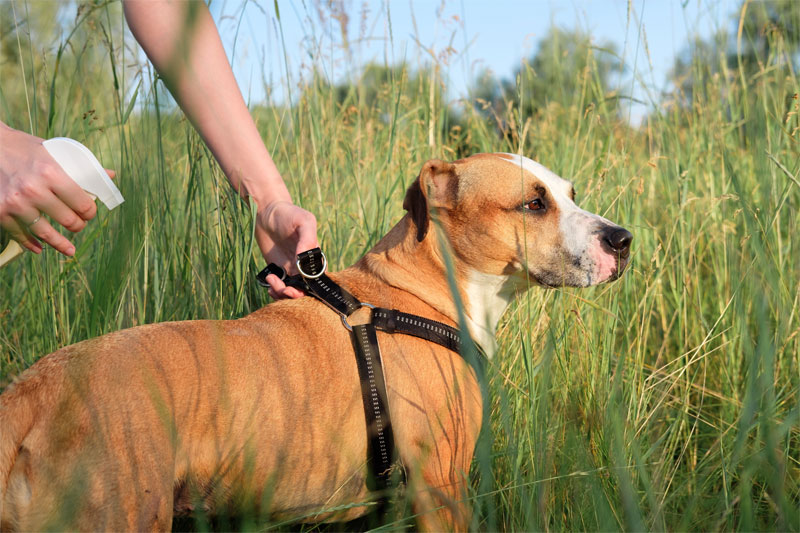5 Tips for Disaster Preparedness Month: How to Prepare Your Pet for Emergencies
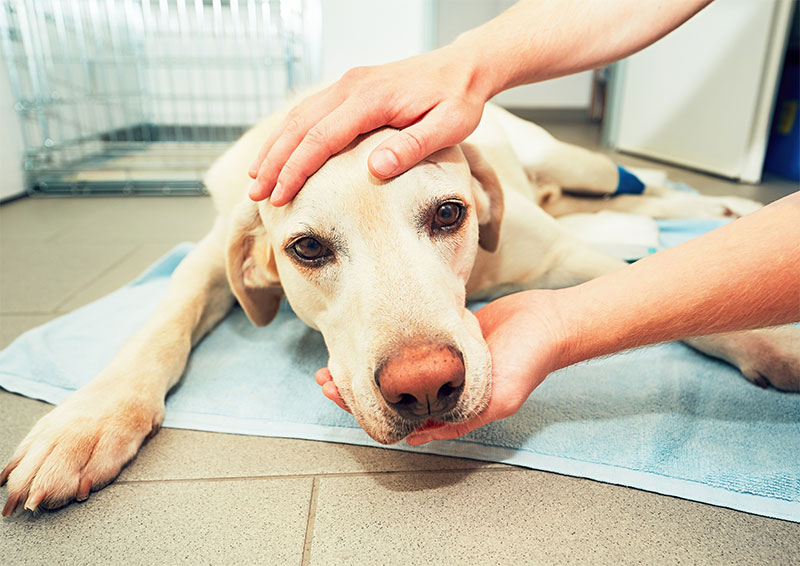
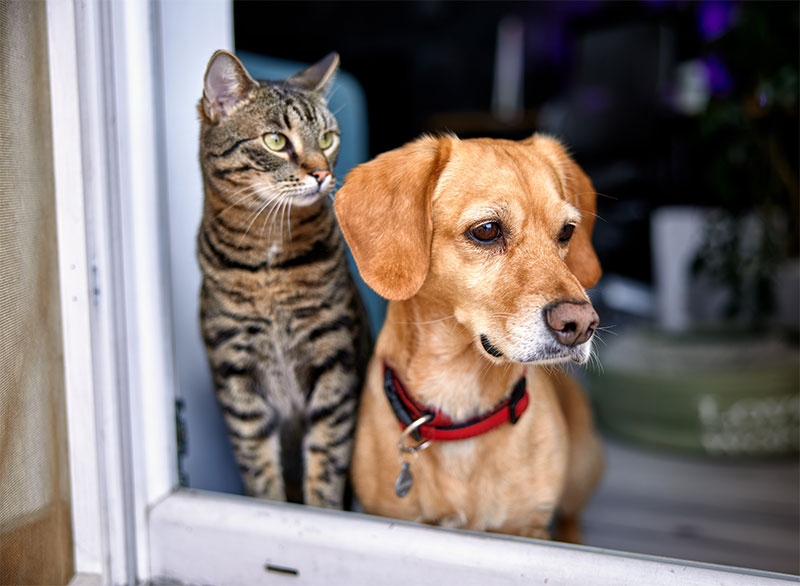
5 Ways You Can Prepare Your Pet For A Disaster
Identification is the first and most important step in pet disaster preparedness. Even if your pet is always wearing a collar with up-to-date tags, there’s always the chance that he or she will become lost. If your pet does become lost, a microchip can help increase the chances of being reunited with him or her. Collars and tags can also help identify your pet, but they can be easily removed or lost. By microchipping your pet, you’ll have peace of mind knowing that he or she is always identifiable, no matter what. If they don’t have a microchip, now is the time to schedule an appointment with your veterinarian to get one.
Secondly, you need to know where you will go in the event of an evacuation. If you are ordered to evacuate your home, do not leave your pets behind. The American Society for the Prevention of Cruelty to Animals (ASPCA) recommends that you take your pets with you if you can. If you must leave them behind, make sure they are in a safe place where they will have food and water and can escape danger.
5 Ways You Can Prepare Your Pet For A Disaster Cont...
Thirdly, always try to stay together with your pet if possible. In the event that you are separated, make sure you have a recent photo of them as well as their identifying information with you at all times.
Fourth, make a pet emergency kit in advance. This should include items like food, water, bowls, leashes, collars, medications, and first-aid supplies. When emergencies hit, you do not always have time to stop and look for all the supplies you may need to care for your pet on the go, having a kit ready at all times will allow for a more stress-free exit from the disaster area.
Finally, know who to contact in the event of an emergency. If a disaster hits while you are at work or away from your home, it is crucial that you have a plan of action in place. Designate a trusted friend or family member who can check on your pet and provide them with any necessary care. Ask your Veterinarian if they have advice or options for you and your pet in case of a disaster or emergency.

